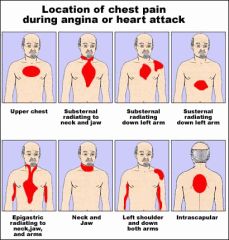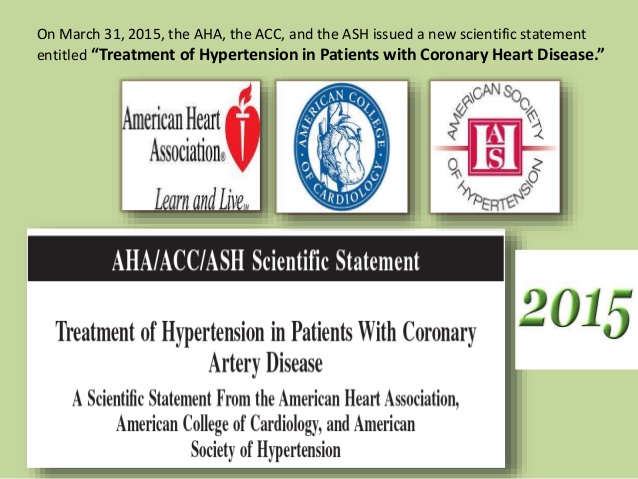 Not long ago,The American Heart Association (AHA), the American College of Cardiology (ACC), and the American Society of Hypertension (ASH) announced new recommendations for treating hypertension in patients with coronary heart disease, stroke, or other vascular diseases . The 3 medical organizations mutually issued a statement published in the American Heart Association’s journal Hypertension in which they addressed treatment goals for patients with high blood pressure who also have heart diseases.
Not long ago,The American Heart Association (AHA), the American College of Cardiology (ACC), and the American Society of Hypertension (ASH) announced new recommendations for treating hypertension in patients with coronary heart disease, stroke, or other vascular diseases . The 3 medical organizations mutually issued a statement published in the American Heart Association’s journal Hypertension in which they addressed treatment goals for patients with high blood pressure who also have heart diseases.
Statement Highlights
-The statement reinforces the goal of reducing blood pressure to under 140/90 in order to reduce the risk of heart attack and stroke.
-Patients should know their blood pressure, make lifestyle changes to reduce their risk of heart attack and stroke, and work with a physician to safely lower their blood pressure.1

Coronary artery disease
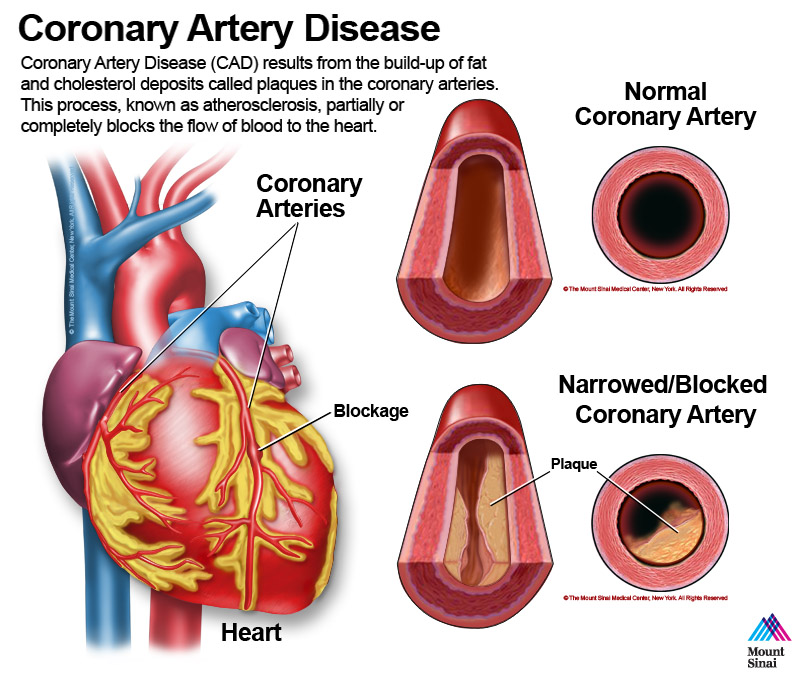
Coronary artery disease, also called coronary heart disease, is a result of plaque buildup in arteries (atherosclerosis). the arteries become narrow and rigid, restricting blood flow to the heart, and increases the risk for heart attack and stroke.


The most common symptom of coronary artery disease is angina, or chest pain. Angina can be described as a heaviness, pressure, aching, burning, numbness, fullness, squeezing or painful feeling. It can be mistaken for indigestion or heartburn. Angina is usually felt in the chest,left shoulder, arms, neck, back, or jaw.2
Understanding the blood pressure
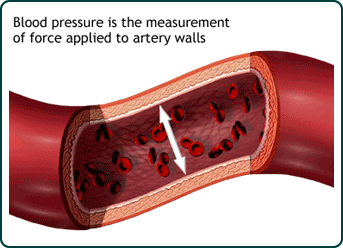
Blood pressure is typically recorded as two numbers, written as a ratio like this:
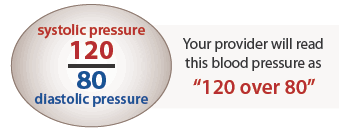
Systolic : The top number, which is also the higher of the two numbers, measures the pressure in the arteries when the heart beats (when the heart muscle contracts).
Diastolic : The bottom number, which is also the lower of the two numbers, measures the pressure in the arteries between heartbeats (when the heart muscle is resting between beats and refilling with blood).
Normally attention is given to the systolic blood pressure as a major risk factor for cardiovascular disease for people over 50 years old. In most people, systolic blood pressure rises steadily with age due to increasing stiffness of large arteries, long-term build-up of plaque, and increased incidence of cardiac and vascular disease.3
Management of Hypertension with CAD
Management of hypertension in patients with chronic CAD targets; the prevention of death, heart attack, and stroke, the reduction of myocardial ischemia (reduced blood flow to the heart), and the improvement of symptoms. This is accomplished through lifestyle modifications and medication therapy.
“The writing committee reinforces the target of less than 140/90 to prevent heart attacks and strokes in patients with hypertension and coronary artery disease,” said Elliott Antman, M.D., President of the American Heart Association
According to the statement, Although a target of less than 140/90 is reasonable to avoid heart attacks and strokes, a lower target of less than 130/80 may be appropriate in some individuals with heart disease who have already experienced a stroke, heart attack, or mini-stroke or who have other cardiovascular conditions such as a narrowing of leg arteries or abdominal aortic aneurysm.
the statement recommends that clinicians use caution in patients with coronary artery blockages, advising that blood pressure should be lowered slowly, and not strive to decrease the diastolic (lower number) blood pressure to less than 60 mm Hg, particularly in
patients more than 60 years old.
The statement offers specific, evidence-based recommendations and contraindications to help clinicians select which anti-hypertensive medications to use in patients with various types of heart disease. For most patients, a beta-blocker alone or in combination with other classes of drugs is effective. In addition to their effect on blood pressure, beta-blockers slow the heart rate and reduce the force of cardiac contraction, both of which reduce the heart’s consumption of oxygen. They also increase blood flow to the heart by prolonging the time between contractions, which is when blood flows into the heart muscle.
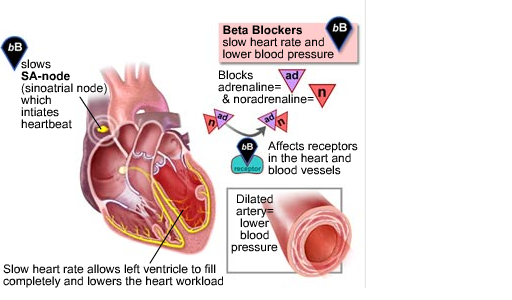
In addition to treating hypertension, modifying other risk factors for vascular disease, -including abdominal obesity, abnormal cholesterol, diabetes, and smoking- plays a great role.1
resources:
1, New recommendations for treating patients with high blood pressure and cardiovascular disease. American Heart Association Scientific Statement. http://newsroom.heart.org/news/new-recommendations-for-treating-patients-with-high-blood-pressure-and-cardiovascular-disease
2, Coronary Artery Disease. WebMD website. http://www.webmd.com/heart-disease/guide/heart-disease-coronary-artery-disease
3, Understanding Blood Pressure Readings. The American Heart Association website. http://www.heart.org/HEARTORG/Conditions/HighBloodPressure/AboutHighBloodPressure/Understan
ding-Blood-Pressure-Readings_UCM_301764_Article.jsp#.Vp_xsZp961s

